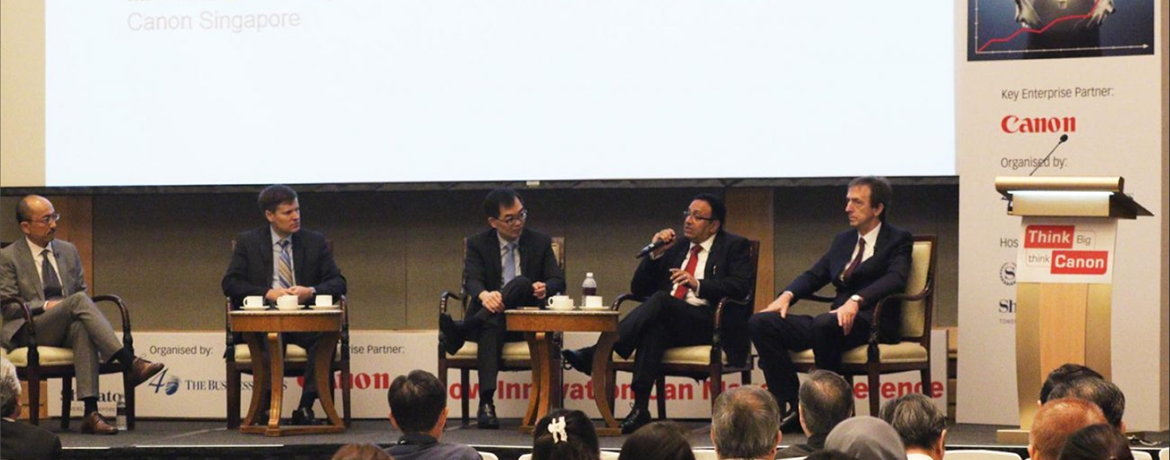
4 Big Questions from Canon Think Big Leadership Series
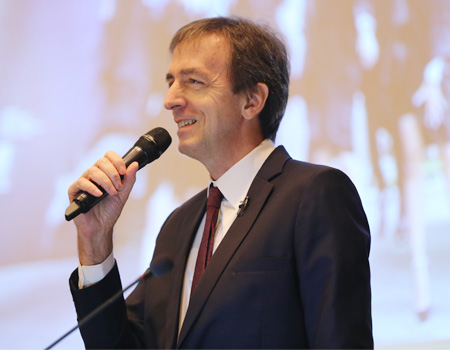
Innovation is a buzzword we hear a lot in the media today. Businesses are constantly encouraged to evaluate their processes, then finding better, more efficient ways to execute them. This beckons the question: if the current business model is working, why innovate?
This was one of the key questions discussed during the latest edition of Canon’s Think Big Leadership Business Series event. Held on 26 August 2016 at Sheraton Towers Singapore, customers and guest speakers alike were invited to the half-day event to discuss the state of innovation today, as well as how businesses can and should capitalise on innovation to ready themselves for the future.
In case you missed it, here are the four key issues discussed:
1. What Makes a Good Innovation?
The first session of the day was helmed by Professor Thomas Menkhoff from the Lee Kong Chian School of Business at Singapore Management University (or, as he calls it, ‘Such a Marvelous University’). He began by sharing case studies of failed innovation attempts. For example, Prof Menkhoff brought up a scandal in 1985, where several Austrian winemakers added a chemical called diethylene glycol — a key ingredient in some brands of antifreeze — to wine in order to make them taste better. Naturally, once discovered, the so-called innovation completely backfired on the winemakers. Not all innovations work, but for those that do, Prof Menkhoff highlighted a few similarities. For example, an organisation that successfully innovates tends to define their markets narrowly and work deep into the value chain. The most important factor, however, is leadership. As a CEO, you must be involved in driving innovation forward with a vision and strategies. Project leaders, too, must be able to motivate a multi-disciplinary team and possess the right management competencies. In short, every individual within the organisation has to buy in to innovation in order for it to work.
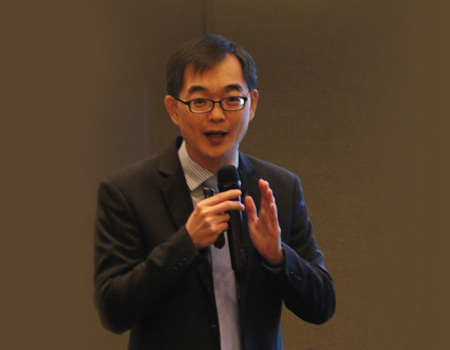
2. How Do I Make Innovation Sustainable?
Let’s say you already have a strategy in place, but how do you make sure that it is sustainable in the long run? The second session of the day, headed by Jacky Tai, Director of Brand Strategy at PwC, tackled this exact question.
Jacky sees the ideal innovation cycle within an organisation in four stages: first, innovate, which involves developing an innovation roadmap; second, implement, which involves using the innovation throughout the entire organisation; third, improve, which involves reviewing the results and then making improvements; and lastly, increase, which involves determining where else and how else we can use the innovation to drive growth or reduce cost. Jacky warns that many companies bounce between innovation and implementation without taking the time to review or drive growth. These companies end up with a whole portfolio of ideas without tangible results. Innovation for the sake of innovation, then, is the enemy of long-term sustainability.
3. What is Open Innovation?
Innovation does not necessarily have to always come from within. Dr Loy Chong Jin, Research Associate Director of Johnson & Johnson Consumer Asia Pacific External Innovation, introduced the audience to the concept of open innovation.
Open innovation is about using internal and external knowledge to accelerate your internal innovation. As an example, Dr Loy brought up Johnson & Johnson’s JLABS, a Houston-based life sciences facility that houses companies, medical prototyping labs and collaborative work environments. None of the companies here are from Johnson & Johnson per se. However, by bringing in external firms, they are also inviting external ideas into the company’s ecosystem. This is beneficial because open innovation fosters partnerships, which in turn reduces research cost, spreads risks and brings innovations to the market more quickly.
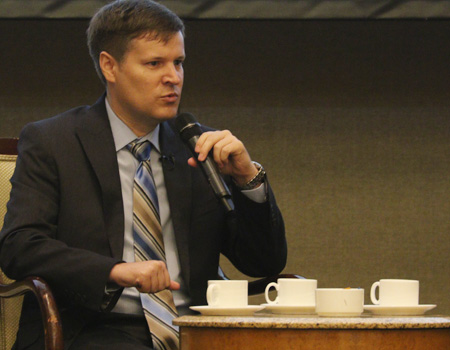
4. How to Foster a Bottom-Up Approach to Innovation?
The highlight of the event was the panel discussion, where all the previous guest speakers were joined on stage by Dr Kelly Anderson, Open Innovation Manager at P&G, as well as Alok Bharadwaj, Senior Vice President of Corporate Strategy Group at Canon Singapore.
One of the questions fielded by an audience member was this: If you were an employee working for an organisation that is not innovative, how do you encourage the higher-ups to open up to new ideas?
Cite concrete examples,” Dr Loy replied. “The onus is on the individual, regardless of your role. At Johnson & Johnson, for example, we have put together various initiatives for feedback and to measure if the organisation understands that innovation is the key of the future.” Prof Menkhoff agreed with Dr Loy’s sentiments, though with a more humorous take, “Or team up with someone more senior. When you have four or five people against the boss, it tends to be more effective! Show your boss the downside of not innovating.”
The other two panelists, however, feel that top-down initiatives remain crucial. Dr Anderson pointed out, “Innovation only happens if you have clearly articulated your strategy. If you are not working towards that strategy, then no innovation will happen.”
Alok, too, chimed in from Canon Singapore’s point of view, “When Canon was established 79 years ago, it was decided by the leaders at the time that innovation would be an important part of our corporate DNA. That is how, even now, we have been able to build value throughout the organisation. Everyone within the organisation is in tune with that concept, so it doesn’t matter if top-down or bottom-up. It is who we already are.”
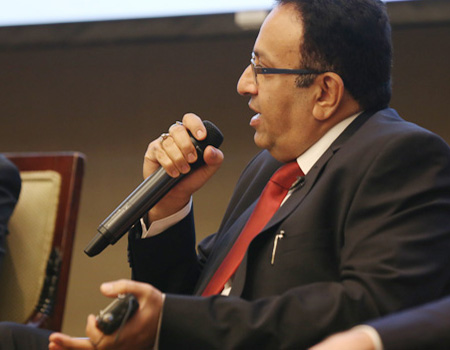
For video highlights of the day’s events, follow us on our LinkedIn Page for the latest updates!
